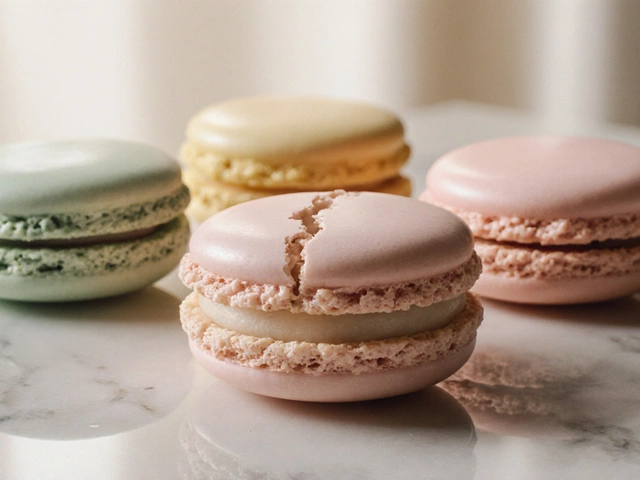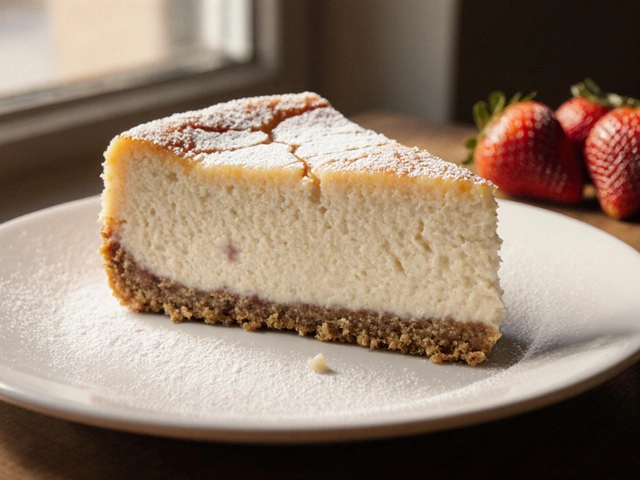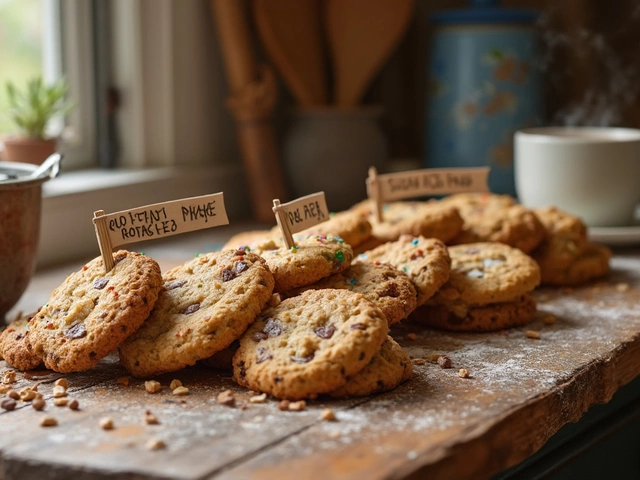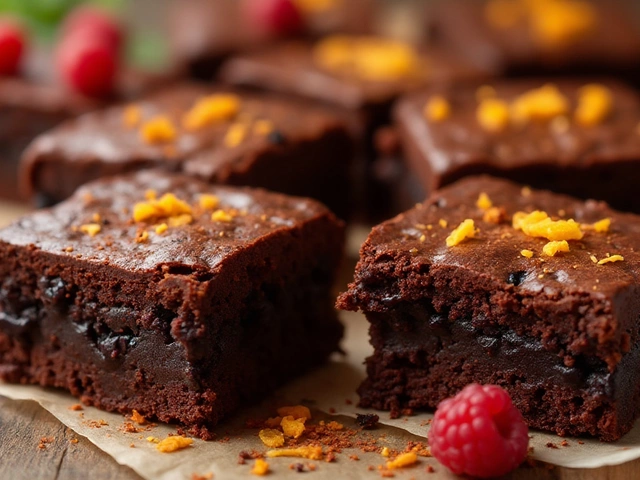Cake History: How a Simple Bread Became the Party Hero
Ever wondered why we call a sweet, fluffy treat a "cake"? The story starts thousands of years ago when people first mixed grain flour with honey and baked it over fire. Those early flat breads were the grandparents of today’s cakes. They were dense, not the light slices you see at cafés now, but they set the stage for centuries of sweet experiments.
From Royal Feasts to Street Stalls
In medieval Europe, bakers began adding eggs, butter, and sugar to the mix. These ingredients made the batter rise and gave it a richer taste. Royals loved the new treat, and recipes traveled from palace kitchens to village ovens. By the 1600s, the first true sponge cake appeared in Italy, thanks to the invention of beating eggs into a foamy paste. That technique is still the backbone of many modern cakes.
During the Industrial Revolution, sugar became cheaper and ovens more reliable. Home cooks could now bake cakes without needing a professional baker’s help. It was the perfect time for the birthday cake to take center stage. In the 19th century, the first layered cakes showed up, with frosting that looked like clouds. The trend spread quickly across the Atlantic, creating a booming market for box mixes in the early 1900s.
Why Some Cakes Stay Popular
Even with all the new flavors popping up, a few classics never lose their charm. Chocolate cake, for example, started as a luxury in the 1800s when cocoa was expensive. Today, it’s a go‑to for almost any celebration because it’s easy to make and loved by almost everyone. Another timeless favorite is the sponge cake, which can be filled with fruit, cream, or even jam – it’s the blank canvas of the cake world.
Regional cakes also tell a story of their own. Think of the French King Cake with its hidden figurine, or the Italian panettone that appears every Christmas. Each one reflects the culture, holidays, and even the weather of the place it comes from. Learning these origins can help you pick the right cake for any occasion and impress your friends with a fun fact.Today, modern bakers mix tradition with tech. Some use 3‑D printers to create intricate designs, while others go back to ancient grain recipes for a healthier twist. No matter the method, the goal stays the same: make something that tastes good and brings people together.
If you’re ready to try a piece of history, start with a simple recipe – a basic butter cake with a vanilla glaze. It’s quick, forgiving, and gives you a taste of what bakers enjoyed centuries ago. Add a dash of cinnamon or a drizzle of caramel to make it your own, and you’ll be continuing a sweet tradition that’s been around for ages.
So the next time you slice into a cake, remember you’re part of a long, tasty story. From ancient hearths to modern kitchen gadgets, cake has always been about sharing joy. Keep experimenting, and who knows – maybe your version will be the next classic people talk about for generations.
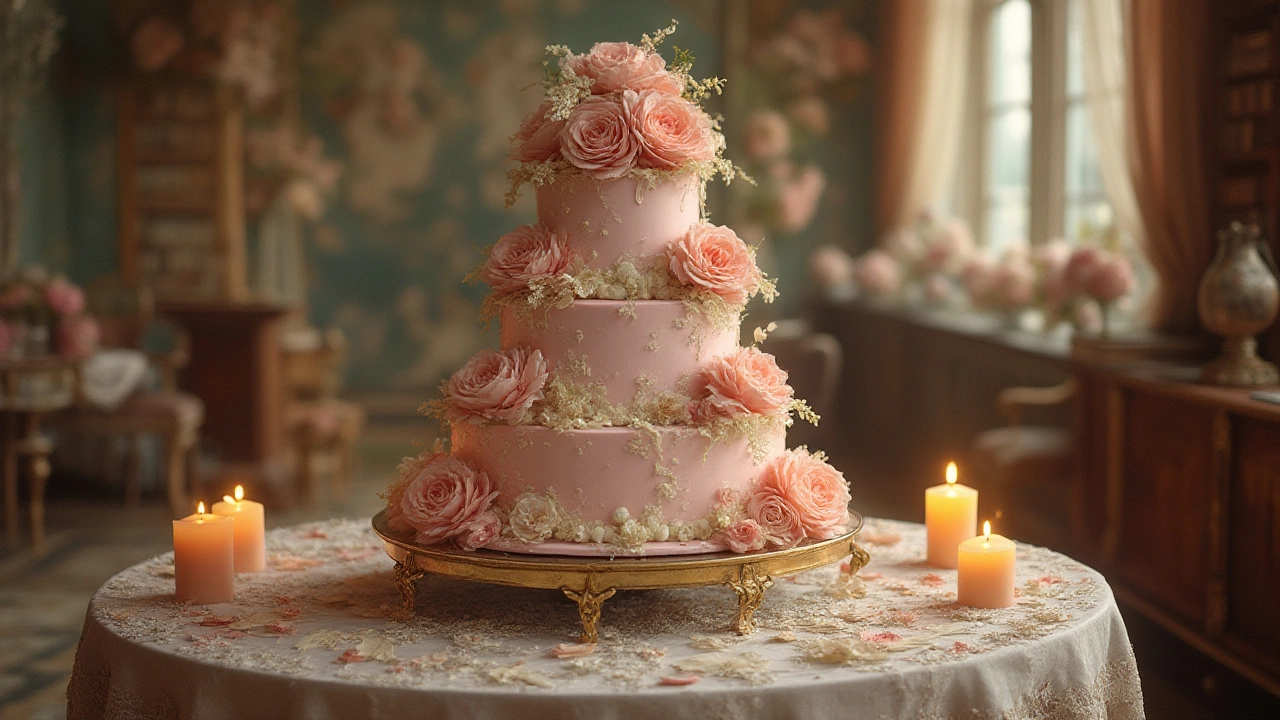
What Is a Wedding Cake Called? Traditions, Styles & Fun Facts Explained
Discover what a wedding cake is really called, the stories behind the name, and how this sweet centerpiece became a key part of wedding traditions.
View More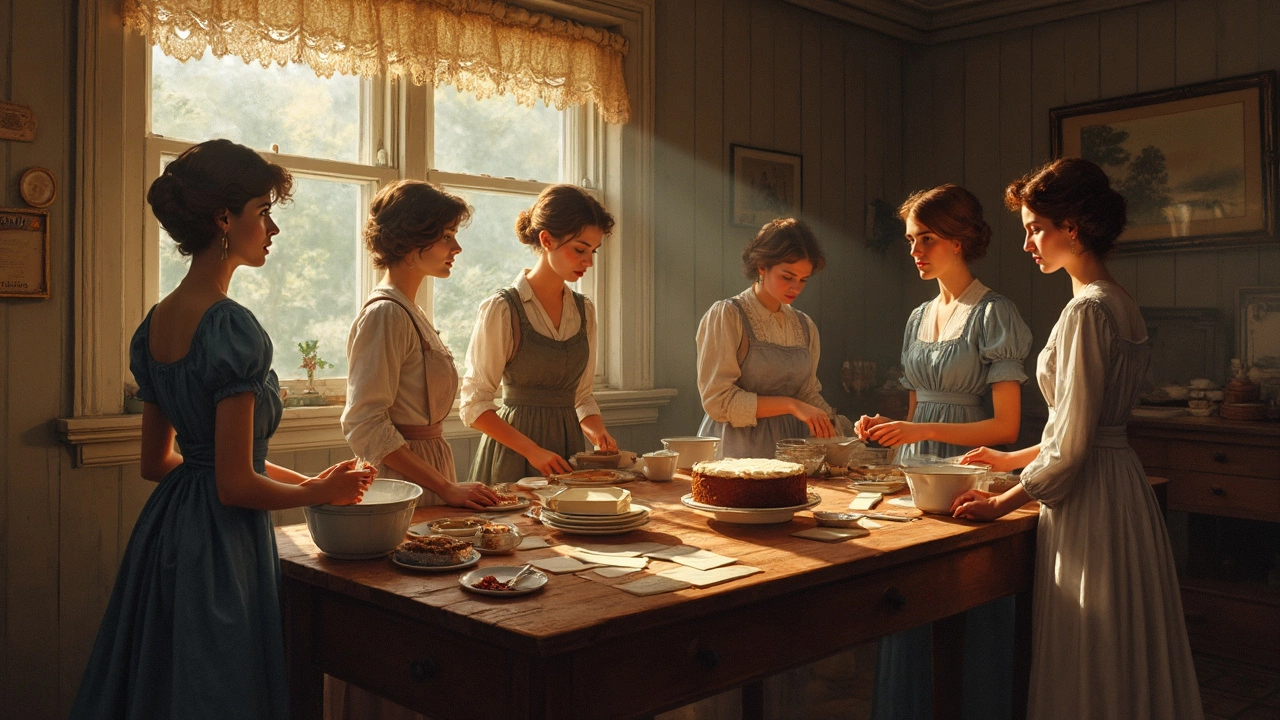
Funeral Cake: Why That Name Sticks Around
Ever wondered where the name 'funeral cake' comes from? Learn how this old-fashioned treat became tied to mourning and community gatherings. Get a peek at the fascinating history plus helpful tips for baking your own. You'll discover why this cake has a special place in both kitchens and hearts. This article spills all the details, making you want to try funeral cake for yourself.
View More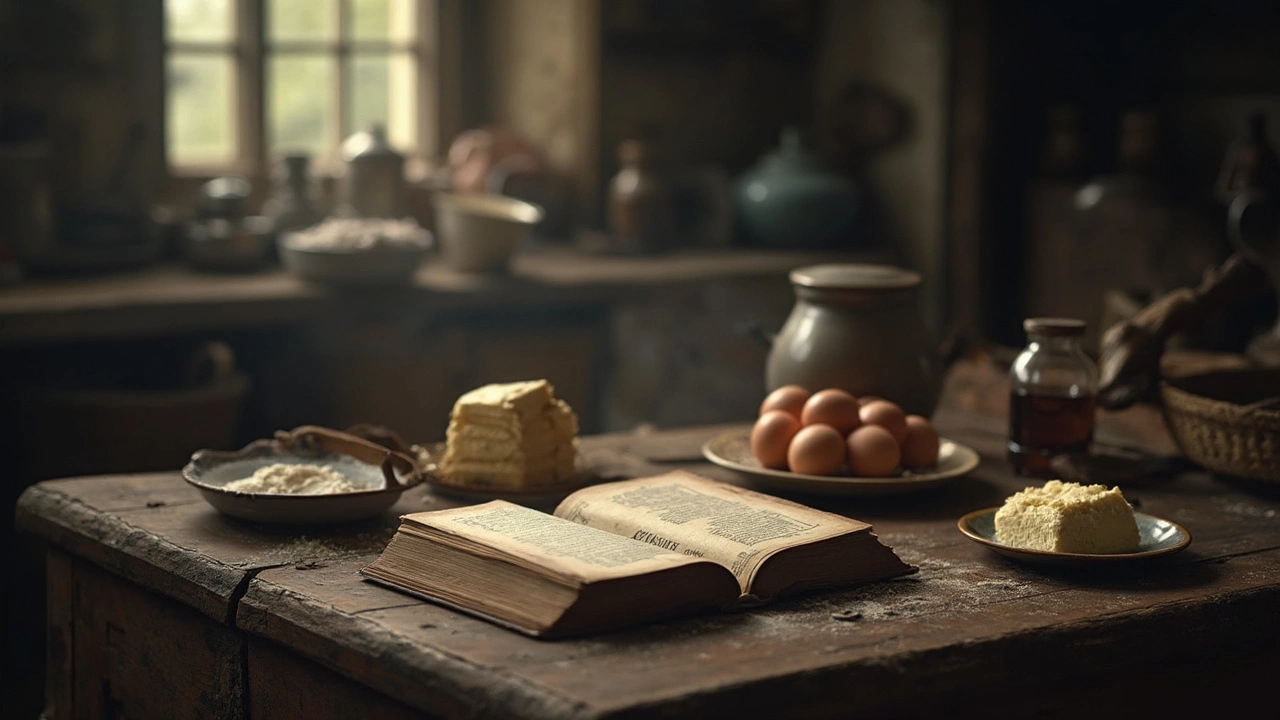
Why Is It Called Miserable Cake?
Exploring the unique name of 'miserable cake,' this article dives into its fascinating history and cultural significance. Uncover the reasons behind its seemingly gloomy name, connecting it to historical contexts and baking traditions. Learn the recipe, along with practical tips to recreate this classic dish. Discover how this straightforward cake highlights the beauty of simplicity in baking. Perfect for curious home bakers looking to expand their culinary repertoire.
View More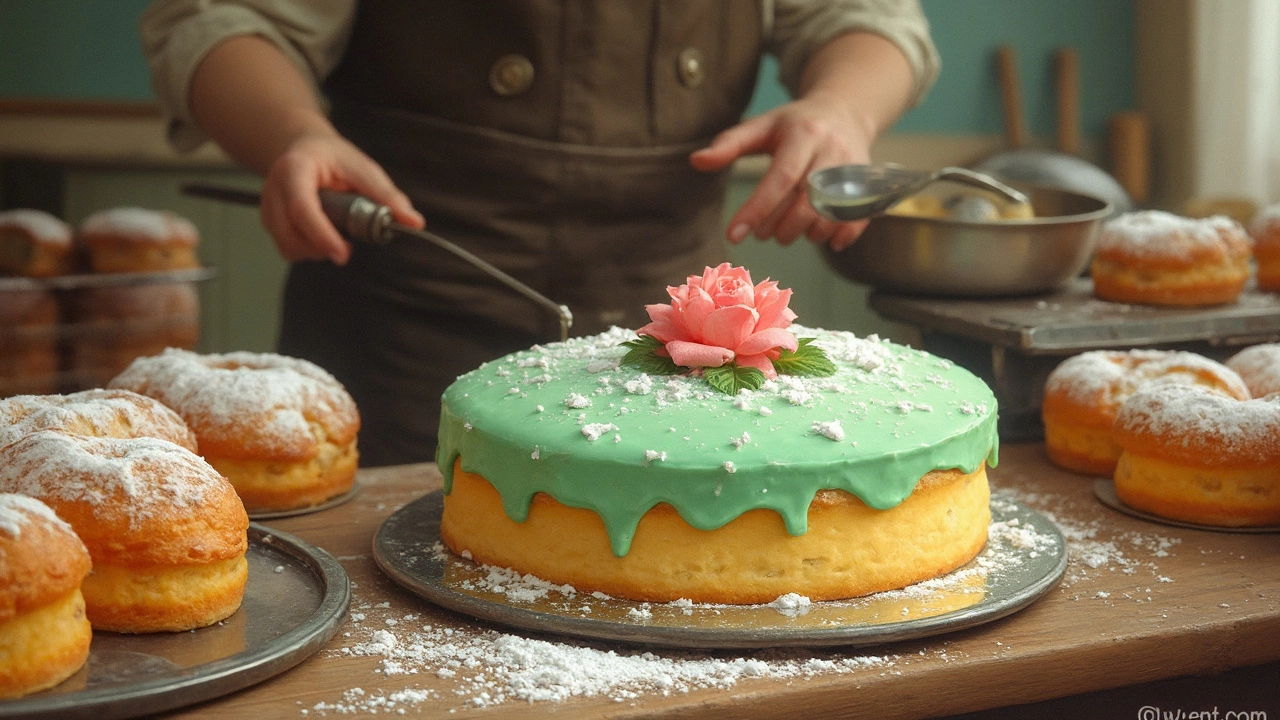
Why Is It Called a Princess Cake?
Ever wonder why the pretty pastel cake adorned with marzipan is called a princess cake? This article delves into the origins and interesting facts about the charming dessert. Discover its Swedish roots, how it got its quaint name, and the traditional components that make it so unique. We'll also share practical tips for making your own at home. Whether you're a baking enthusiast or a curious foodie, this read is for you.
View More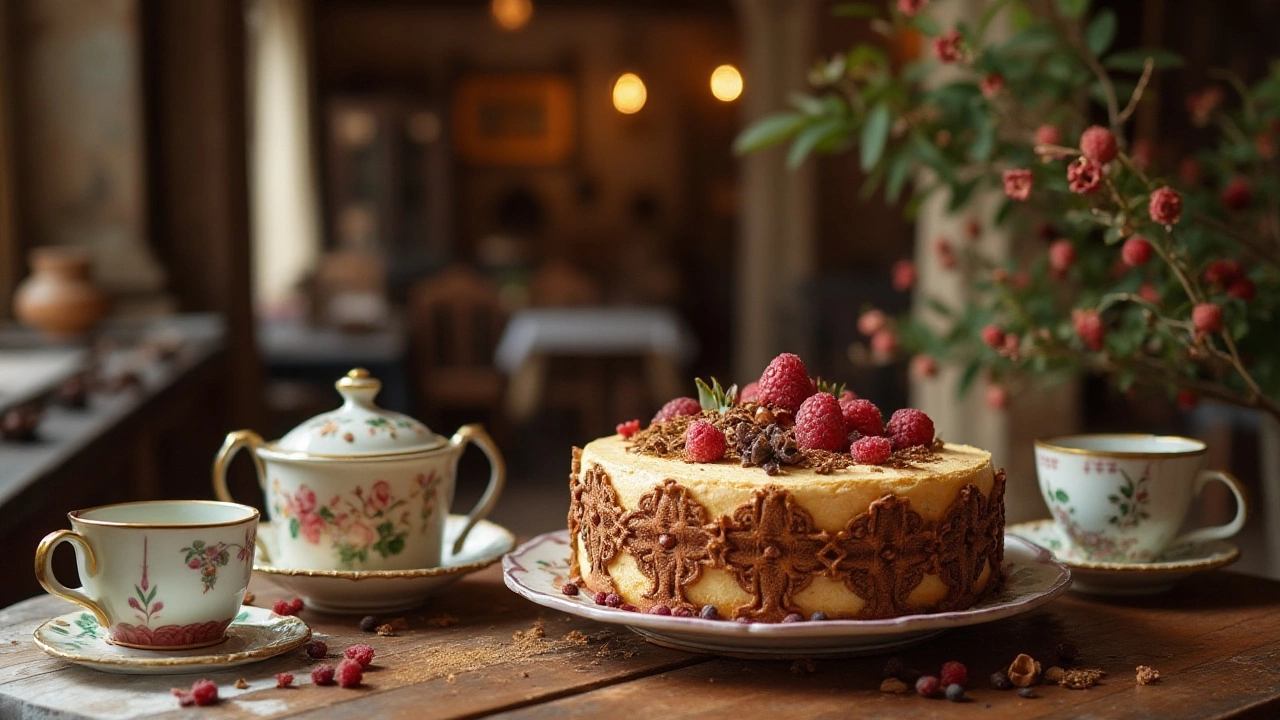
Exploring the World's Rarest Cakes: A Journey Through Unique Flavors
In the vast world of dessert, some cakes stand out due to their rarity and unique creation stories. Delving into the globe's rarest cakes offers an adventurous taste of diverse cultural traditions. From cakes made with unusual ingredients to those with ancient roots, these rare desserts tantalize the curiosity of cake enthusiasts. Discovering these unique cakes not only satisfies a sweet tooth but also provides a rich tapestry of history and creativity.
View More
